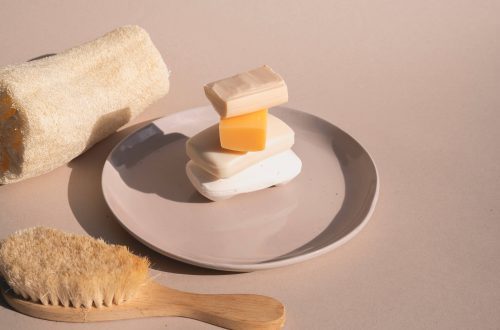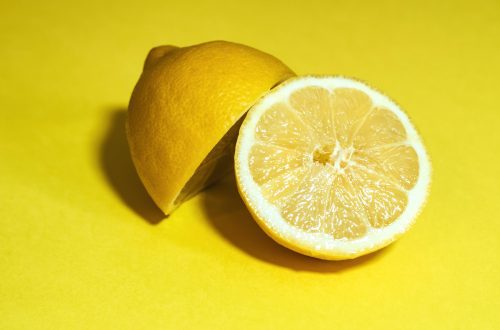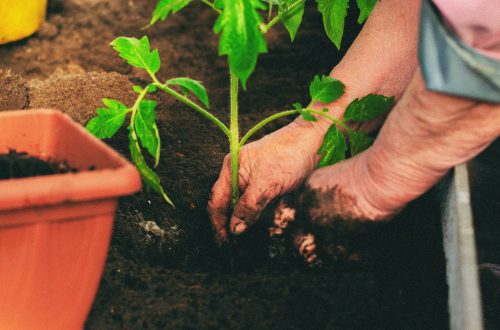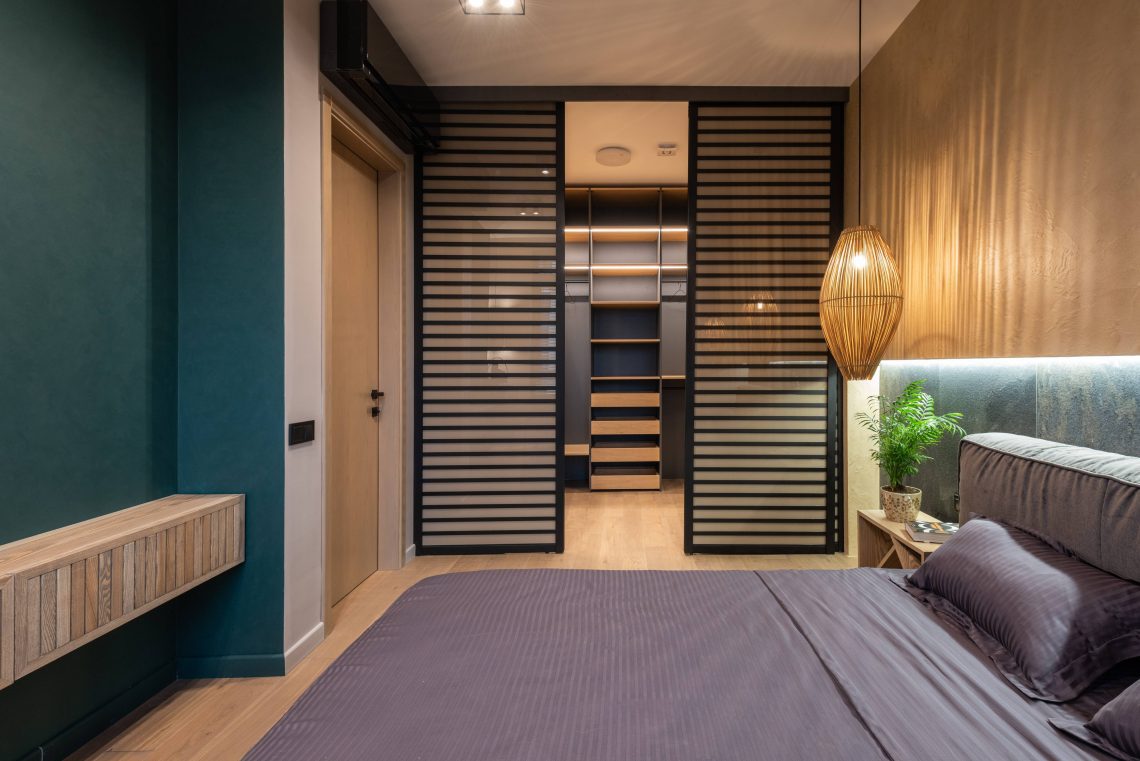
Which Materials are the Most Sustainable in Interiors?
Sustainability can often seem daunting when it comes to redesigning your home interiors or conceiving a new piece of furniture. With so many different choices on the market, what materials should you use to ensure your design is as environmentally friendly and ecologically conscious as possible? This blog post aims to answer that question by exploring which natural and manufactured materials are best suited to eco-friendly interior décor. Read on to learn more about the latest greenest finishes, fibres and surfaces!
1. Cork

Cork is incredibly durable and can withstand wear and tear better than many other materials on the market today. Although soft and lightweight, cork has excellent compression strength, making it ideal for furniture and flooring. It will not easily dent or scratch like wood or laminate flooring might, making it perfect for high-traffic areas like bedrooms or kitchens. Plus, cork is naturally resistant to moisture, stains, mould and mildew.
Moreover, cork is one of the most sustainable materials available because it comes from the bark of a tree rather than from cutting down trees themselves. During harvesting, only the bark is removed from the tree; the trunk remains intact, so new bark can grow back over time. Additionally, cork does not require chemicals during production since it uses natural ingredients like waxes and resins instead of synthetic substances.
Cork also offers an attractive range of colours and textures that can complement any interior design style. From light tan to deep shades of brown or grey, there are plenty of options available when choosing cork as your material of choice. Moreover, cork can be cut into different shapes without compromising durability, so you can get creative with wall treatments, floors or furniture pieces without worrying about damaging the material itself. If you want to add texture to your space without sacrificing sustainability, then cork is certainly worth considering.
2. Recycled glass
Recycled glass is made from post-consumer waste, such as bottles and jars that have been discarded. This material is then cleaned, processed, and graded before being sold off to be used in various applications. It is important to note that not all recycled glass looks the same; it can range from a light greenish-blue shade to a deep cobalt blue colour, depending on where it was sourced from and what type of waste it was made from.
One of the biggest benefits of using recycled glass for interior design is that it is extremely sustainable. Because the material is made from post-consumer waste, it helps reduce landfills, conserve natural resources, and save energy by not having to produce new glass products from scratch. Additionally, using recycled glass can also support local industry and creators by funding jobs in areas where there may be limited employment opportunities otherwise.
3. Recycled metal
One of the major benefits of using recycled metal in interior design is its durability and strength. Metal is incredibly strong and resistant to wear and tear, so it is perfect for creating furniture or fixtures that will last a long time. It is also an ideal material for use in high-traffic areas like lobbies or hallways, where it can withstand a lot of foot traffic without showing any signs of wear. And because it is recycled, you do not have to worry about the environmental impact of manufacturing new materials.
Recycled metal is also affordable compared to other materials such as wood or stone. It makes it a great choice if you are on a budget but want to create a beautiful and sustainable space. Plus, since metal can be easily moulded into different shapes, it can be used in all sorts of creative ways, allowing you to be playful with your designs without breaking the bank.
4. Bamboo

Bamboo is one of the most sustainable materials available for interior design. It grows very quickly—in some cases as much as four feet a day—which means it can be harvested more often than other types of wood without depleting resources. Since bamboo grows so quickly, it absorbs more carbon dioxide from the atmosphere than trees and produces 35 per cent more oxygen in return. Additionally, bamboo does not require pesticides or fertilisers to grow, which makes it an even more environmentally friendly option than other materials.
In addition to its sustainability benefits, bamboo also offers superior durability compared to other woods. Bamboo has a higher tensile strength than steel or concrete, making it an ideal material for furniture and flooring that will last for years with minimal maintenance. It is also resistant to insects and moisture damage, making it an excellent choice for areas such as bathrooms and kitchens where water exposure is likely.
Bamboo’s unique visual appeal makes it stand out in any room. It has a beautiful natural colour that can range from light yellow to deep brown depending on the species used, making it easy to match with existing décor or create a new look altogether. The grain pattern of bamboo is also distinctively different from other woods, lending itself well to modern and traditional styles. Whether you are looking for something sleek or rustic, bamboo can help you easily achieve the look you are after.
5. Natural stone
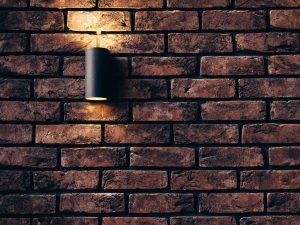
One of the biggest benefits of using natural stone in interiors is its durability and longevity. Natural stones are very hard-wearing and can last a lifetime if properly cared for. It means that when you choose natural stone, you will not have to worry about replacing it anytime soon. In addition, many types of natural stones are heat resistant and fireproof, making them an ideal choice for kitchens or fireplaces where temperatures may be higher than usual.
Another great benefit of using natural stone in interiors is cost savings. Natural stones are usually more expensive upfront than other materials like tile or laminate, but they often end up being cheaper in the long run because they require less maintenance and last longer than other materials. Additionally, because they last so long, you will not need to replace them as often as other materials — saving you money over time!
Finally, choosing natural stone for interior projects helps contribute to sustainability efforts by reducing waste from production processes and eliminating the need for synthetic chemicals used in other building materials like vinyl flooring or carpets. Moreover, many types of natural stones are sourced from naturally occurring quarries, so no extra energy has been expended during extraction — making them a great choice for environmentally conscious consumers who want to reduce their carbon footprint.
6. Rattan & jute

One of the biggest benefits of using rattan and jute is their durability. Both materials can last for years without showing signs of wear and tear, making them an ideal choice if you are looking for a long-term investment in your home interior. And since they do not require frequent replacements, these materials will help reduce your carbon footprint by eliminating unnecessary waste from landfills.
Rattan is made from palm stems, while jute is made from plant fibres—both renewable resources that can be grown quickly without depleting the environment in any way. These materials will have minimal impact on deforestation rates while also helping reduce our reliance on synthetic products like plastic or vinyl, which ultimately end up in landfills or oceans.
7. No VOC paint
No VOC paint stands for “no volatile organic compounds, ” meaning it does not contain any potentially dangerous chemicals or toxins commonly found in traditional paints. These compounds can be hazardous to human health and the environment, so using no VOC paint means reducing exposure to them. However, this type of paint is not just better for your health—it is also safer for the environment overall.
One of the biggest advantages of no VOC paint is that it does not release any toxic fumes into the air when used in interior spaces. It means you will not have to worry about breathing in harmful chemicals while painting indoors.
Additionally, no VOC paints are usually made with natural ingredients like plant-based oils and resins, so they do not contain harsh chemical solvents like traditional paints. As such, they are much less likely to irritate when applied to the skin or eyes. Finally, because no VOC paints are not made with any petroleum-based products, they help reduce our dependence on fossil fuels and therefore lessen our carbon footprint over time.
Conclusion
As the world progresses, it is important that we also progress in the way that we treat our environment. One way to do this is by being more conscious of the materials we use in our day-to-day lives and making an effort to use more sustainable options. The next time you consider redecorating your home or office space, consider using some of these sustainable materials instead of their traditional counterparts.


